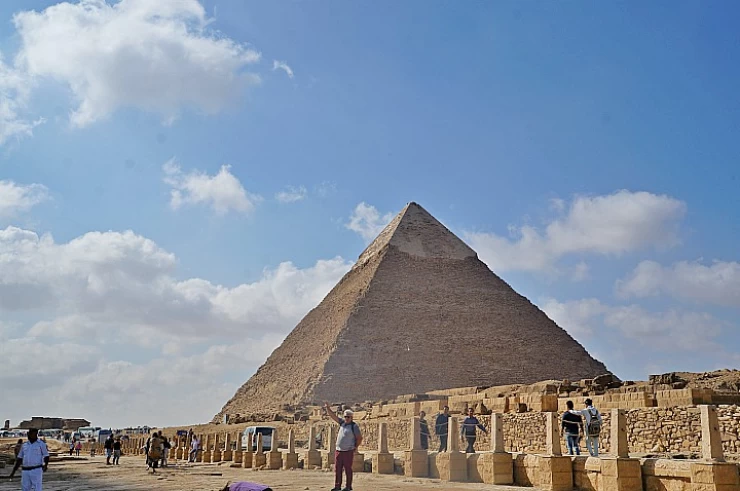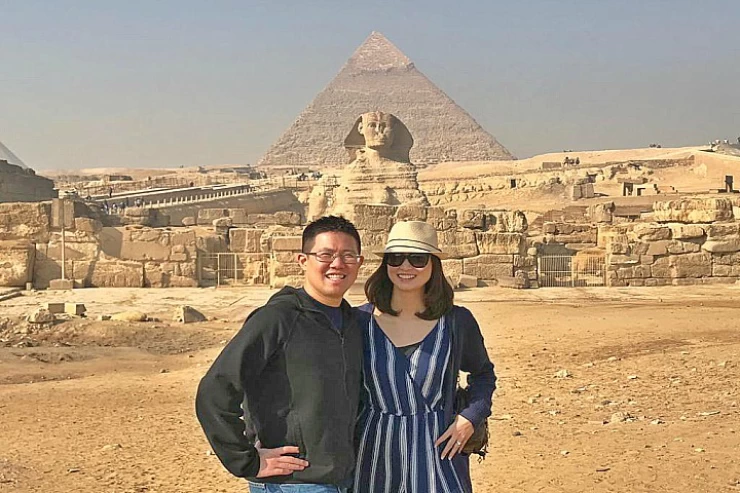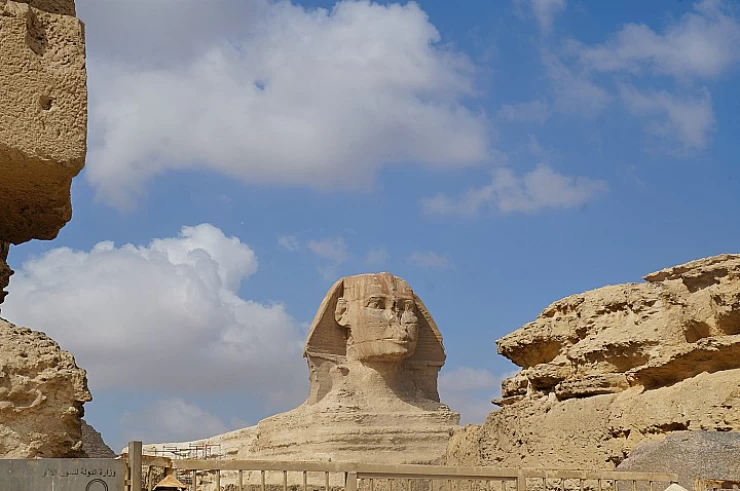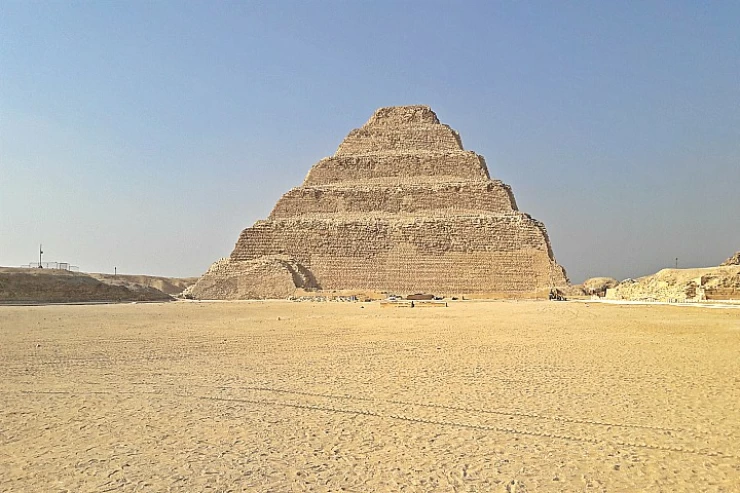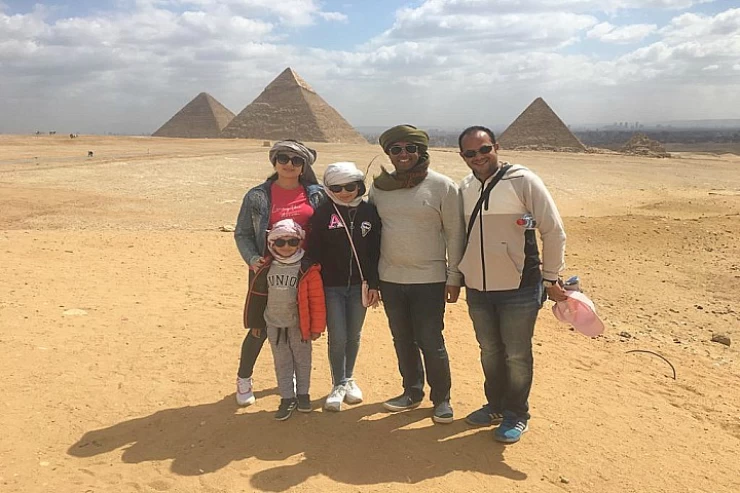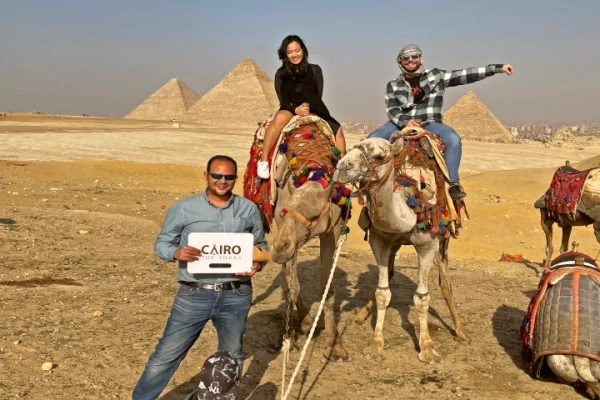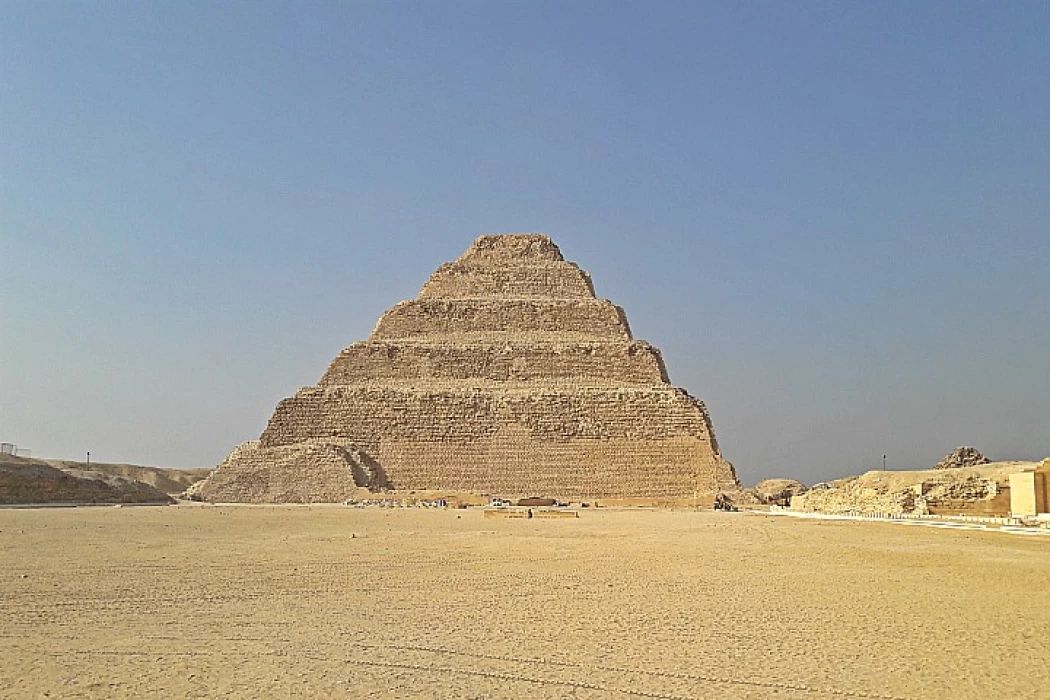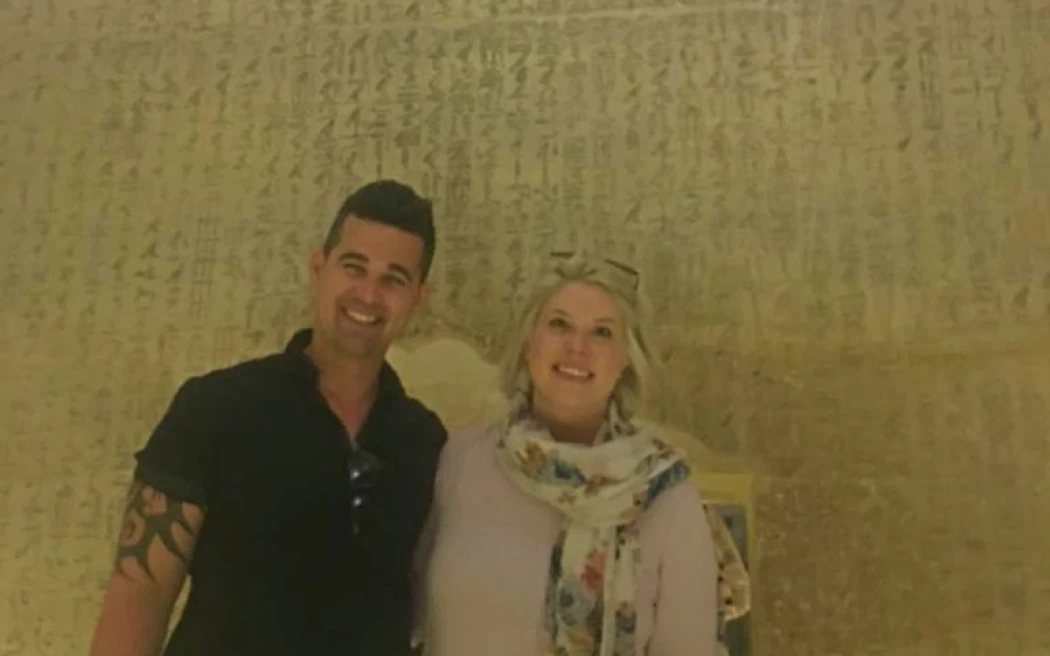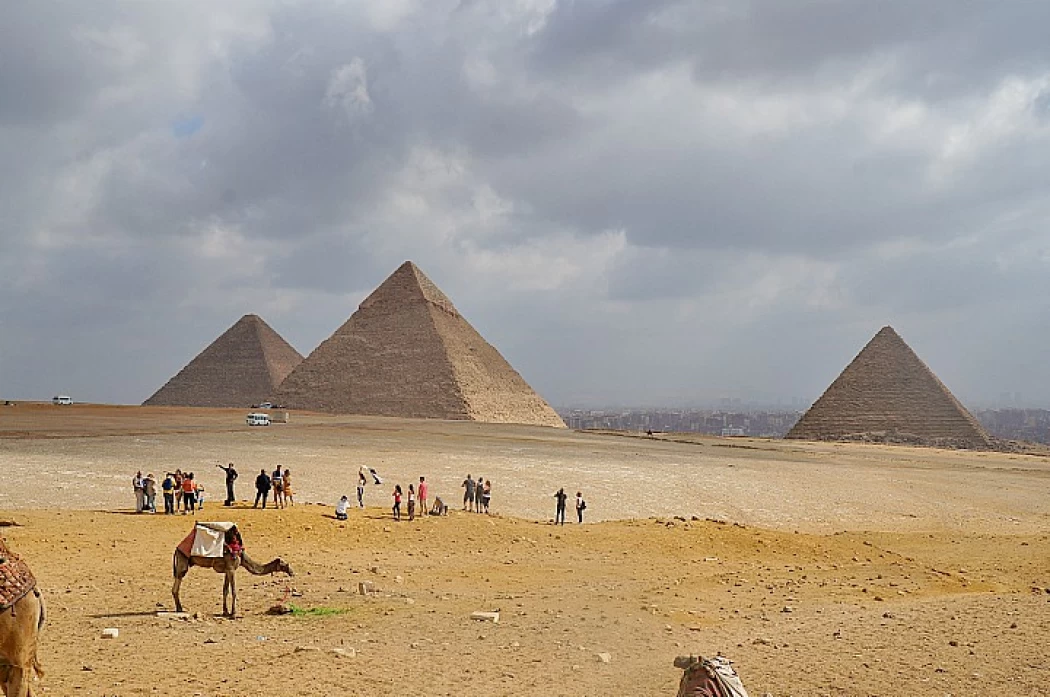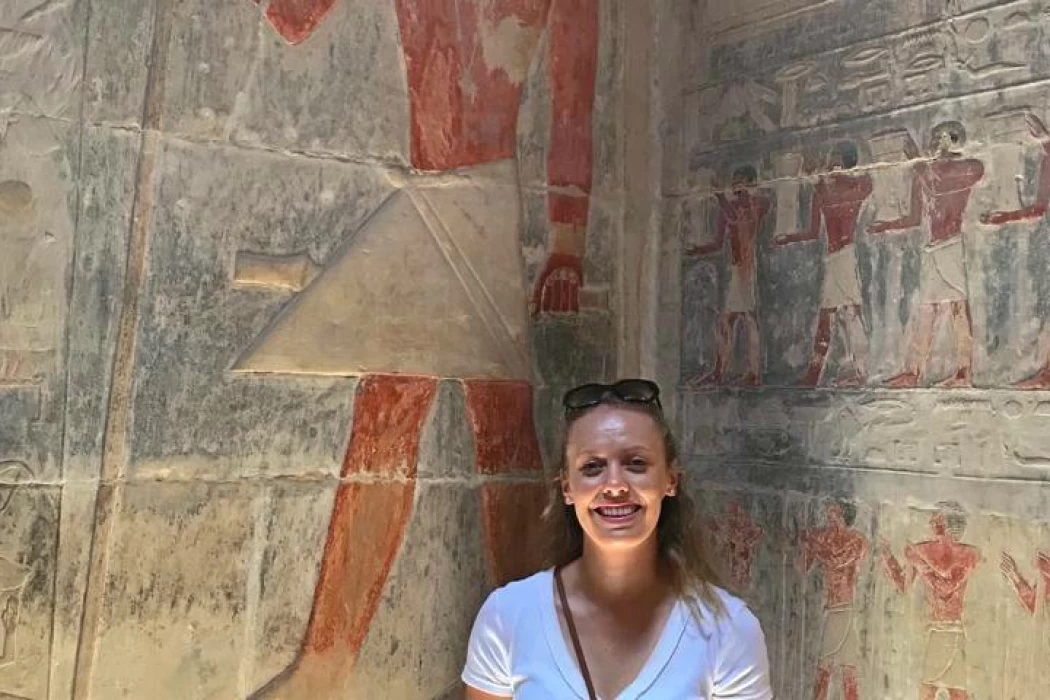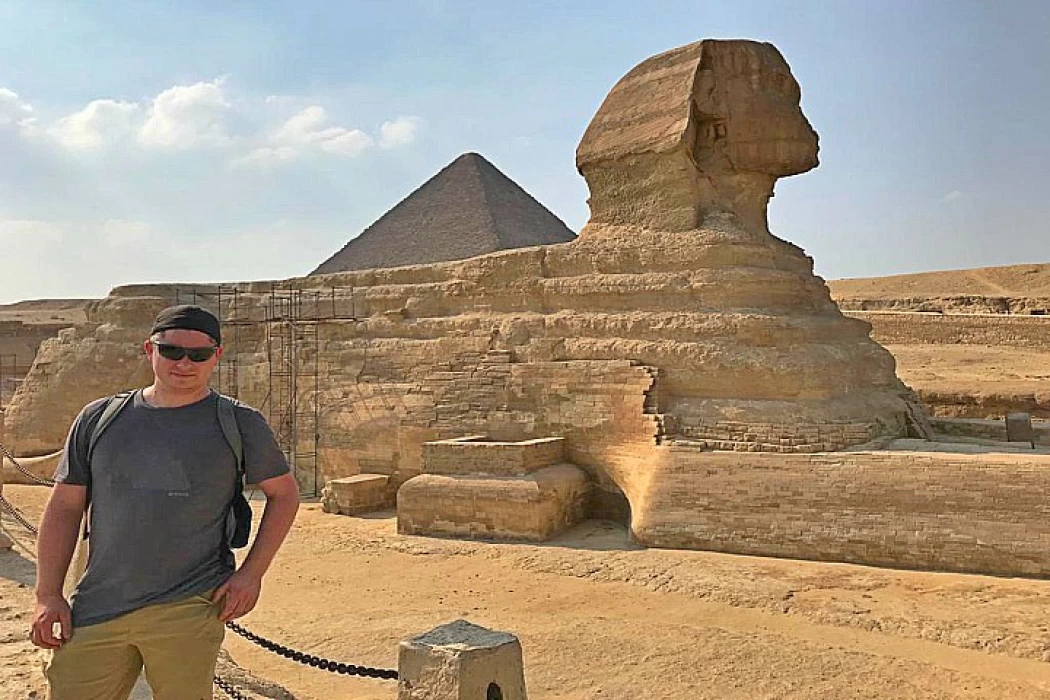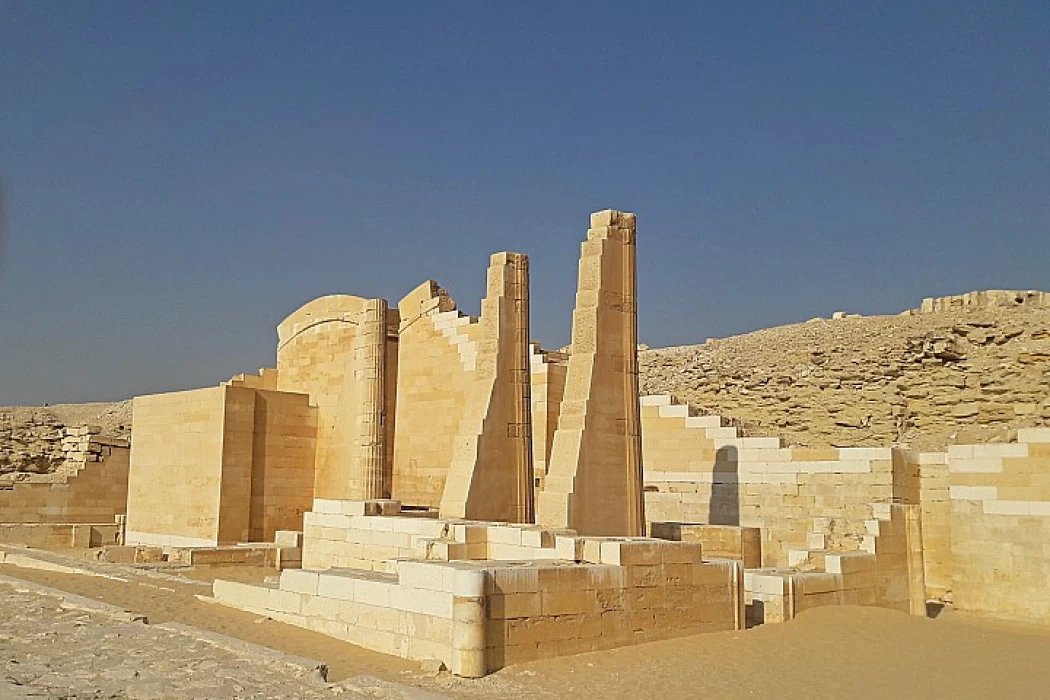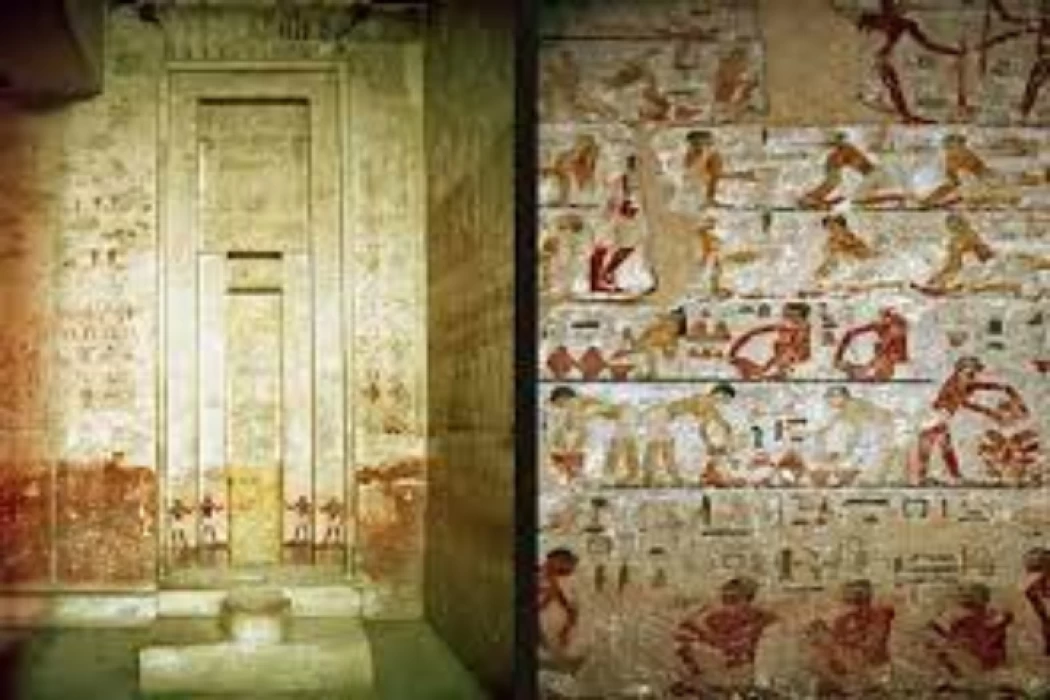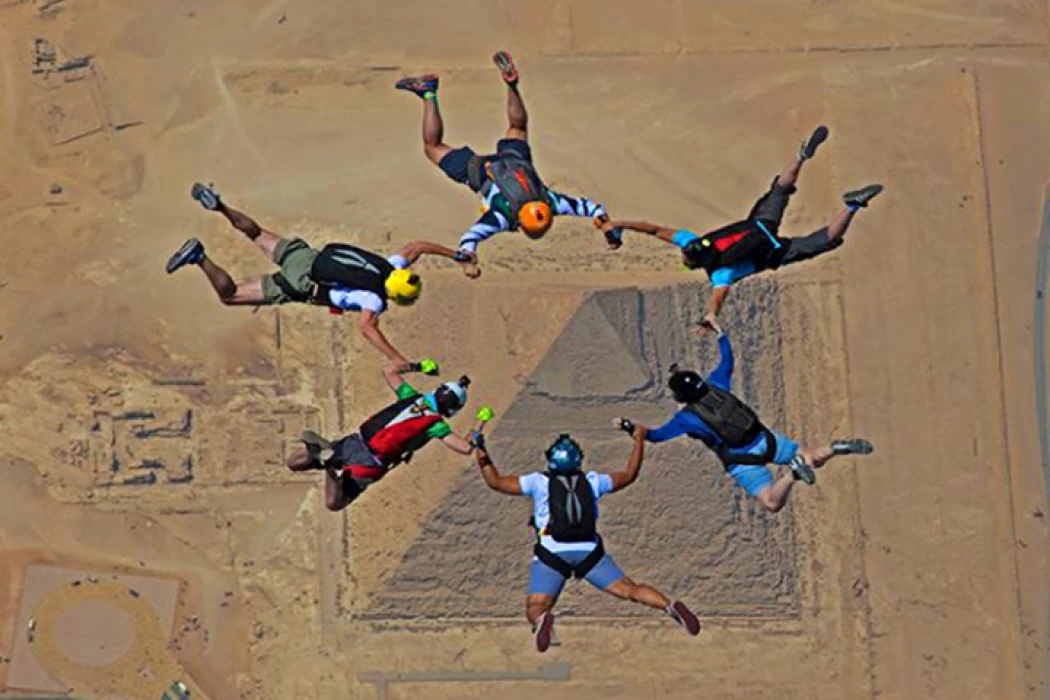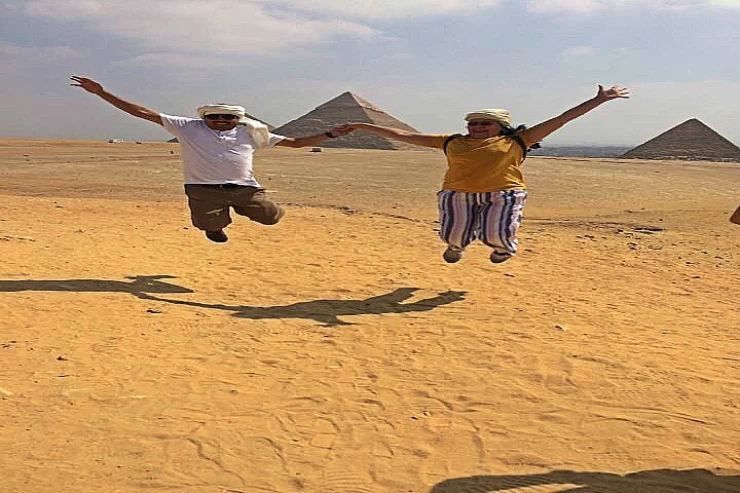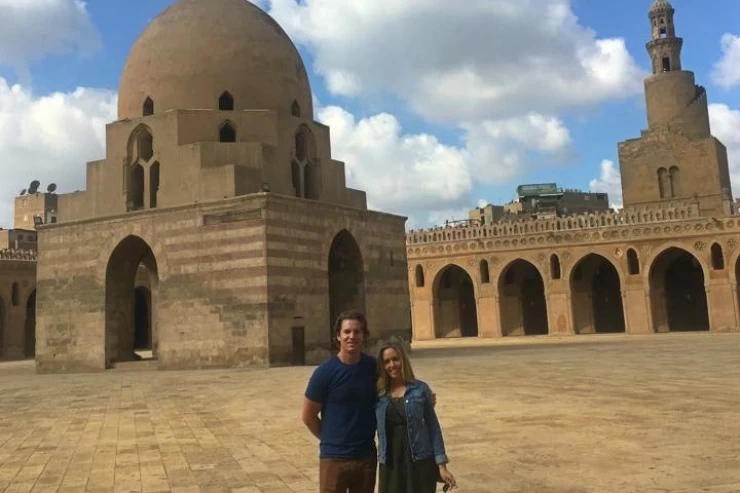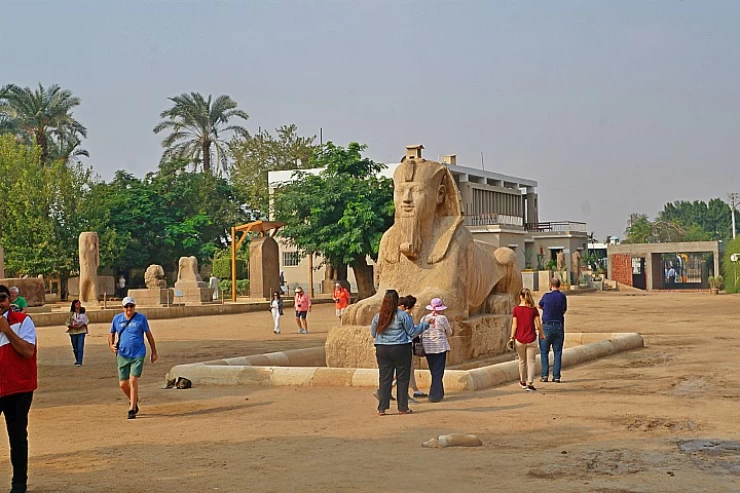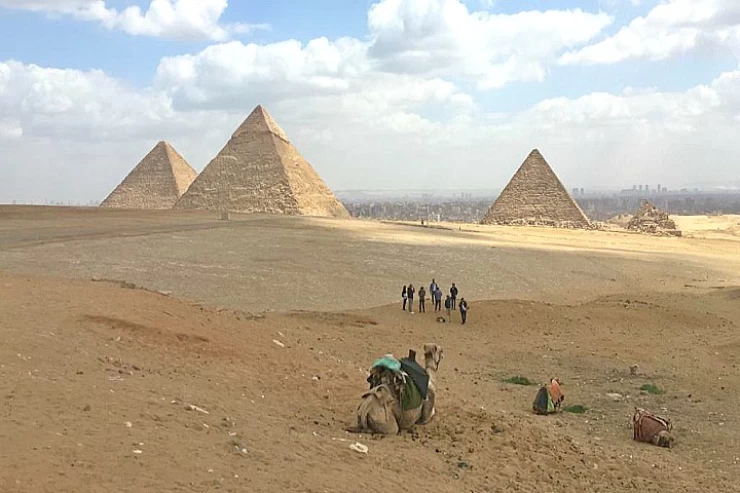Giza Pyramids and Saqqara Tour from Cairo
Overview
Most of your vacation can be made greater when you call one of our professionally arranged Tours to Giza Pyramids to pay a visit to the Saqqara Necropolis from Cairo or have a taste of our incredible Egypt Day Tours. Go to Egypt to see the pyramids of Giza and the Great Sphinx; three tombs of the Giza Pyramids. The graves, temples, roads, and sidewalks the city of Giza has established for burials are real cemeteries.
Array Participants will be able to understand the purpose and use of the historic pyramid in the revealing process of the history of ancient Egypt about the Saqqara Necropolis. Here they will be exposed to the culture of ancient Egyptians and Romans in as much as burying their dead in this tomb.
Knowing that you intend to visit Egypt, one of the things you should probably look at is Egypt shore excursions. This can also prove to be a perfect way of exploring the country as well as some of the significant commodities in the country besides exercising and taking fresh air.
Most of your vacation can be made greater when you call one of our professionally arranged Tours to Giza Pyramids to pay a visit to the Saqqara Necropolis from Cairo or have a taste of our incredible Egypt Day Tours. Go to Egypt to see the pyramids of Giza and the Great Sphinx; three tombs of the Giza Pyramids. The graves, temples, roads, and sidewalks the city of Giza has established for burials are real cemeteries.
Array Participants will be able to understand the purpose and use of the historic pyramid in the revealing process of the history of ancient Egypt about the Saqqara Necropolis. Here they will be exposed to the culture of ancient Egyptians and Romans in as much as burying their dead in this tomb.
Knowing that you intend to visit Egypt, one of the things you should probably look at is Egypt shore excursions. This can also prove to be a perfect way of exploring the country as well as some of the significant commodities in the country besides exercising and taking fresh air.
Inclusion
- Our agent will provide transportation from/to your Cairo or Giza accommodation and return.
- Transportation is done by air-conditioned cars.
- The Day Tour to Giza Pyramids and Saqqara includes all entrance fees and tickets.
- Lunch will be supplied at an excellent neighborhood restaurant.
- An English-speaking Egyptologist guide will accompany you on Cairo trips.
- All-day trips in Cairo include bottled water.
- Shopping trips in Cairo and Giza. (On request).
- Prices include VAT and service costs.
Exclusion
- Any additional activities not included in the Egypt Day Tour schedule.
- Entering the Khufu Pyramid from the inside. (400 Egyptian pounds).
- Tipping the kitty.
- Drink during meals.
- Prices are applicable for Christmas and New Year tours in Egypt, as well as Egypt Easter tours.
Itinerary
Cairo Top Tours will pick you up from any location in Cairo or Giza to begin your Egypt Tours to see the Giza Pyramids and the famed Saqqara Necropolis. You will first visit the Giza Necropolis. The Great Sphinx, a lion statue with a human head guarding the necropolis for over 4500 years, is believed to be the founder of the necropolis. The Valley Temple of King Chephren, where his royal body was mummified before burial, is located in front of the pyramid of Cheops, one of the seven wonders of the ancient world.
Following your tour of the Giza Pyramids, you will be taken to the Saqqara Necropolis, the largest and most renowned Step Pyramid of Pharaoh Djoser. It rises above the necropolis and is visible from every angle. Around 2650 B.C., Imhotep, a renowned architect from the Ancient Kingdom, built the pyramid. According to tradition, he was responsible for changing the shape of the ancient Egyptian tomb from a rectangular mastaba to a pyramid. He commanded that one mastaba be put on top of another.
During your Cairo Trips, you will have lunch at a local restaurant before being transported back to your accommodation.
Price
| Number of Persons | Prices |
|---|---|
| 1 Person | $135 Per Person |
| 2 - 3 Persons | $110 Per Person |
| 4 - 6 Persons | $85 Per Person |
| 7 - 10 Persons | $75 Per Person |
Start from : 75
Check Availability
Related Articles

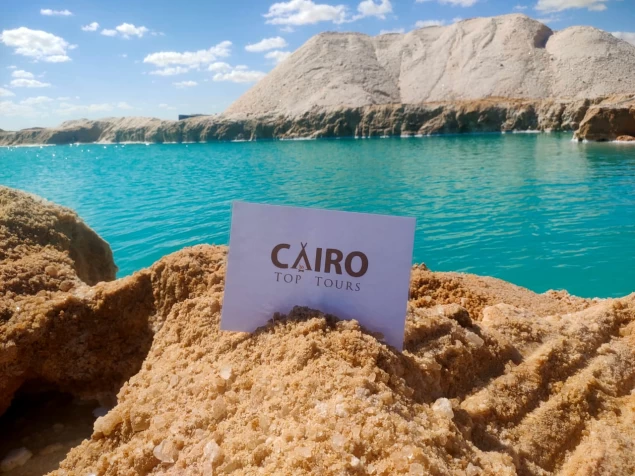
You Also May Like
Looking for something different? check out our related tour now, or simply contact us to tailor made your Egypt tour
Tour to Giza Pyramids and the Egyptian Museum in Cairo
Make sure you seize the opportunity to be among the initial explorers of the recently uncovered secret passage inside the Great Pyramid of Giza. Experience the wonders of the world, including the Sphinx and the three famous pyramids. Also, during our day trip to Cairo, you'll have the chance to admire the incredible ancient artefacts at the Egyptian Museum.
Tour to the Egyptian Museum, Old Coptic and Islamic Cairo
Explore the significance of Cairo by visiting the Egyptian Museum and admiring its impressive exhibits. You can also explore the renowned landmarks and churches of Coptic Cairo, which once housed the Holy Family and showcase unique icons. Furthermore, enjoy exploring the historic mosques of Islamic Cairo during your trip to Old Cairo.
Cairo Excursions to Giza pyramids, Sakkara and Memphis
With our extraordinary Giza pyramids, Sakkara and Memphis Tour witness the iconic pyramids of Giza and marvel at the magnificence of Egyptian pharaohs. Explore Egypt's ancient capital, adorned with a plethora of pyramids and tombs, and uncover hidden mysteries during your excursion in Cairo.
Cairo Stopover Transit Tour | Cairo Layover Tour
Embark on a thrilling journey through the ages as you explore the wonders of ancient Egypt. Begin your adventure at the iconic Giza Pyramids, marveling at the engineering feats and architectural mastery of these legendary structures. Next, delve into the extraordinary collection of artifacts housed within the Egyptian Museum in Tahrir Square.
Egypt Trips and Middle East Reviews
We received a lot of positive feedback from our customers about Egypt budget tours with Egypt Tours, which you can see on our social media pages, such as Trip Advisor, and YouTube videos. Our experts stay with travelers to every part of Egypt to explain to them the historical background of every site they see while they are on their Egypt and Holy Land tours.
The highly recommended travel experiences of exploring the iconic Giza Pyramids and delving into the historic wonders of the Saqqara Necropolis. These two incredible sites offer a glimpse into the ancient mysteries and architectural marvels that have defined Egypt's rich history and cultural heritage.
Photography policies at historical sites in Cairo can vary depending on the specific location and the rules set by the site management. However, there are some general guidelines and considerations to keep in mind when taking photographs at historical sites in Cairo:
Entrance Fees: Some historical sites charge an additional fee for photography. Make sure to inquire about any photography fees at the ticket counter when purchasing your entrance ticket.
Restrictions on Flash Photography: Flash photography is often prohibited in many indoor areas of historical sites, such as museums, temples, and tombs. Flash can be damaging to delicate artifacts and paintings. Always follow posted signs and instructions from site staff.
Tripods and Professional Equipment: The use of tripods and professional photography equipment, such as large cameras and drones, may be restricted or require special permits at some historical sites. Check in advance to avoid any issues.
Respectful Photography: Be respectful of the site and other visitors. Avoid blocking pathways or interfering with the experiences of other tourists. Don't touch or lean on ancient structures or artifacts.
Guided Tours: When taking guided tours, your guide can provide information on where photography is permitted and any specific rules that apply at each site.
Security Considerations: Some sensitive areas, including military installations and government buildings, may be off-limits to photography for security reasons. Always respect security personnel's instructions.
Commercial Photography: If you intend to use your photographs for commercial purposes, such as in a travel blog, for sale, or in publications, you may need to obtain special permits or permissions. Check with the relevant authorities.
Cultural Sensitivity: Be mindful of local customs and cultural sensitivities. On some religious sites, it may be inappropriate to take photographs. Always follow any posted guidelines and signs regarding photography.
Time Restrictions: Some historical sites may have specific hours during which photography is allowed, and it may be restricted during certain times of the day or during events.
Private Properties: If you plan to visit historical sites on private properties, such as palaces or estates, photography policies may vary, and you may need permission to take photographs.
Avoiding common travel scams requires vigilance, awareness, and some basic precautions. Scammers often target tourists because they may be unfamiliar with the local environment and customs. Here are tips to help you avoid falling victim to travel scams:
Research Your Destination: Before you travel, research your destination, including common scams reported by other travelers. Knowledge is your best defense.
Stay Alert: Be aware of your surroundings and trust your instincts. If something feels off or too good to be true, it probably is.
Protect Your Belongings: Keep your belongings secure at all times. Use anti-theft bags or wallets, and don't leave valuables unattended in public places.
Beware of Distractions: Scammers often work in pairs or groups. One person may distract you while another steals your belongings. Be wary of overly friendly strangers or sudden disturbances.
Use ATMs Wisely: Use ATMs inside banks or reputable establishments, and be cautious of card skimming devices. Cover the keypad when entering your PIN.
Check Bills and Change: Count your change and inspect bills when making purchases or receiving change to ensure they are not counterfeit or inaccurate.
Research Accommodations: Book accommodations through reputable websites or directly with hotels. Be cautious when booking through unknown or unofficial channels.
Be Skeptical of "Closed" Attractions: If someone tells you that a popular tourist attraction is closed, it might be a ploy to redirect you to a different, overpriced attraction. Verify such information independently.
Negotiate Prices in Advance: When using services like taxis, rickshaws, or street vendors, negotiate prices in advance to avoid surprises and disagreements.
Be Cautious with Guides: If you hire a local guide, make sure they are licensed and reputable. Don't be pressured into hiring a guide on the spot.
Check Official Identification: If someone claims to be a police officer or other official, ask to see their identification. In some countries, scammers impersonate law enforcement.
Ignore Unsolicited Emails and Calls: Don't respond to unsolicited emails, calls, or messages offering prizes, discounts, or lottery winnings. These are often phishing scams.
Use Caution with Wi-Fi: Be careful when using public Wi-Fi networks, as they may not be secure. Avoid accessing sensitive information or making online transactions on unsecured networks.
Purchase Travel Insurance: Travel insurance can provide protection against various travel-related risks, including trip cancellations, medical emergencies, and lost belongings.
Keep Emergency Contacts Handy: Have the contact information for your country's embassy or consulate readily available in case you need assistance while abroad.
Report Suspected Scams: If you encounter a potential scam or fraudulent activity, report it to local authorities or your embassy/consulate and share your experience with fellow travelers online.
Cairo and Giza are home to a wealth of archaeological sites that provide a window into Egypt's rich history and ancient civilization. Here are some of the most prominent archaeological sites in Cairo and Giza:
Giza:
Giza Pyramids: The Giza Plateau is home to three famous pyramids: the Great Pyramid of Khufu (Cheops), the Pyramid of Khafre (Chephren), and the Pyramid of Menkaure. These are among the most iconic and well-preserved pyramids in Egypt.
The Great Sphinx of Giza: Adjacent to the pyramids is the Great Sphinx, a colossal limestone statue with the body of a lion and the head of a pharaoh, believed to represent Pharaoh Khafre.
Pyramid Complexes: In addition to the main pyramids, each pharaoh's tomb includes various temples, causeways, and smaller pyramids for family members. These are integral parts of the archaeological sites.
Solar Boat Museum: Located near the Great Pyramid, this museum houses a reconstructed solar boat that was buried with Pharaoh Khufu to carry him to the afterlife.
Giza Plateau Sound and Light Show: While not an archaeological site in itself, the sound and light show at the Giza Plateau offers a unique experience with a narrated history of the pyramids, accompanied by spectacular lighting effects.
Cairo:
Egyptian Museum: While not an archaeological site in the traditional sense, this museum houses an extensive collection of ancient Egyptian artifacts, including mummies, statues, jewelry, and treasures from King Tutankhamun's tomb.
Saladin Citadel: The historic Citadel of Saladin is home to several well-preserved mosques, palaces, and fortifications, providing insights into the architecture and history of the Islamic period.
Mosques and Madrasas: Cairo boasts numerous historic mosques and madrasas (Islamic schools), such as the Sultan Hassan Mosque and the Al-Azhar Mosque, which showcase stunning architecture and Islamic art.
Khan el-Khalili Market: While primarily a bustling market, Khan el-Khalili's winding streets and historic buildings offer a glimpse into the city's history.
Coptic Cairo: Also known as Old Cairo, this district is home to several ancient Coptic Christian churches, including the Hanging Church and the Church of St. Sergius and Bacchus. The Coptic Museum is also located in this area.
Islamic Cairo: This area is dotted with historic mosques, madrasas, and other Islamic architectural gems, such as the Ibn Tulun Mosque and the Al-Hakim Mosque.
Old Cairo Gates: Gates like Bab Zuweila and Bab al-Futuh are well-preserved relics from the medieval period and offer architectural and historical significance.
Babylon Fortress: Located in Coptic Cairo, the Babylon Fortress is an ancient Roman fortress with remnants of churches and ancient structures.
Egypt's standard electrical voltage is 220 volts at 50 hertz. Sockets are of the European (2-prong, 2-pin plug) variety. If you are traveling from the United States, Canada, or another country where the standard voltage is 110, you will need to pack a power adaptor. You will only need to pack an international travel adaptor plug if you are coming from a country where the standard voltage is 220/240.
Visiting working archaeological sites in Egypt is generally restricted to authorized personnel, archaeologists, researchers, and professionals directly involved in excavation and preservation work. However, tourists interested in archaeology and history can engage in educational programs or tours that offer insights into Egypt's ancient sites and archaeological practices without actively participating in digs.
- Educational Tours.
- archaeological field schools.
- Museum Workshops.
- visiting archaeological sites.
- Public lectures and events
The oldest stone pyramid and a notable building in Egyptian architectural history is the Step Pyramid of Djoser.
Mastabas: Old tombs adorned with elaborate ornamentation and carvings.
The Unas Pyramid is well-known for its pyramidal writings.
Exhibiting items from the Saqqara necropolis is the Imhotep Museum.


Cairo Top Tours Partners
Check out our partners
